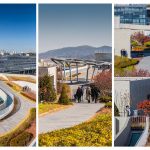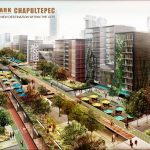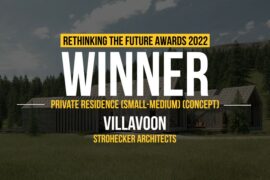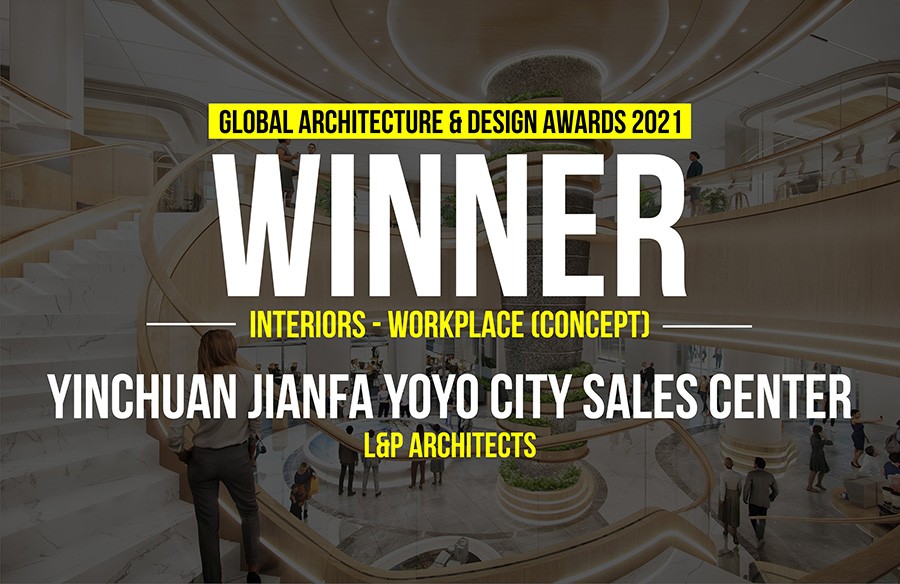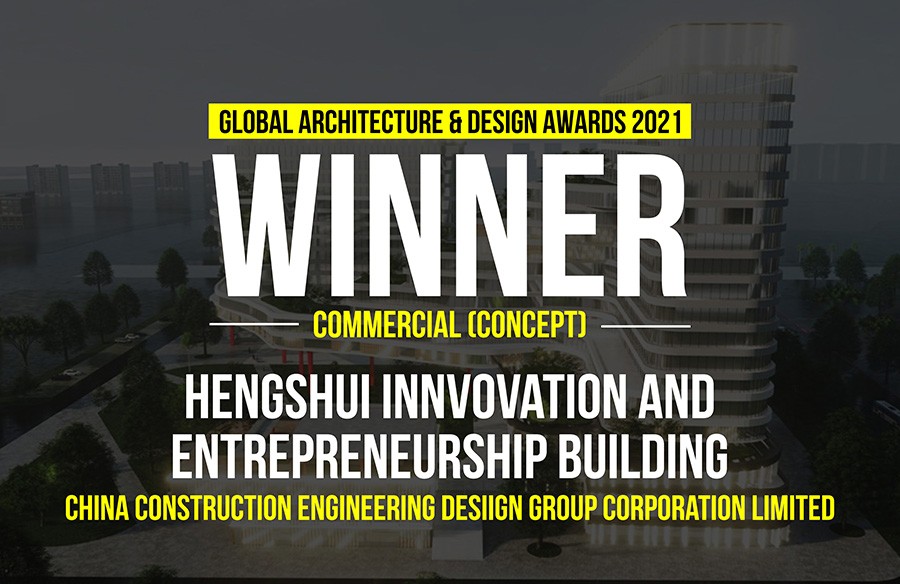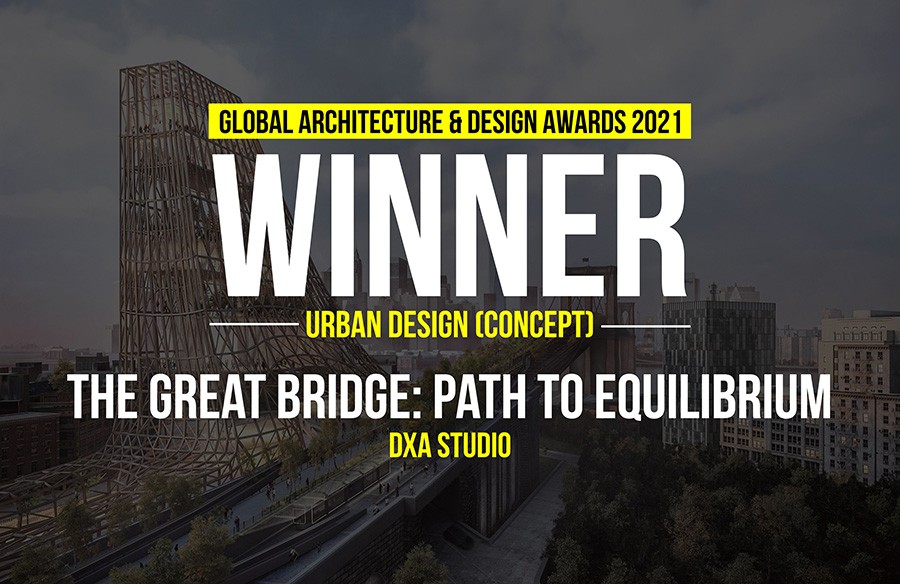Third Award | Urban Design (Concept)
São Paulo – Urban Observatory & Pocket Interventions
São Paulo – the capital of the state of São Paulo, the most densely populated Brazilian state. Also it is South America’s biggest city with a population of approximately 20 million people in the metropolitan area. Due to the rapid and strong growth of the city, the urban development has overwhelmed the city’s infrastructure and therefore affects the quality of life in a negative way.
Firm Name: Patricia Wess & Thomas Kalcher
Participant Name: Patricia Wess
Team Member: Patricia Wess, Thomas Kalcher
Country : Austria
The insufficient supply in the structure of public transport and the exaggerated private transport leads to miles of daily traffic congestion; immense air and water pollution, extensive poverty and high crime rates pose challenges that are reflected in a very unequal, segregated – in social and spatial terms – town. Urban development and urban planning in combination with socio-economic aspects represent the biggest challenges in “the city of concrete” in these days. This work is based on the idea by analyzing a city and drawing up certain conceptual ideas and interventions in the present structures, to develop a design for the promotion of quality of life and identity in this city. In contrast to the large-scale city plan actions which means a micro region should be influenced by a macro change, this work continues through situational, small-scale interventions in the micro – range and visions to influence the city in the macro range. The “Pocket Interventions” are strategic interventions that emerge from the initial concept for the reactivation of a freely accessible public space, here in the São Paulo’s district Baixo Augusta. These interventions offer the possibility of a green & livable city.
In São Paulo Downtown public space for residents decreases gradually. The vertical densification on the other hand increases which is forced by the city government and profitably financed by investors in form of apartments and residential high-rise buildings, which should appeal to the better-paid middle and upper classes. The typology of these residential towers is clearly oriented to the inside.
Between these high-rises remain vacant areas that are either be purchased in the future by real estate companies or which are not suitable for an economically worthwhile project development. These rest areas are partly used as temporary metered parking lots or are actually empty and become unused wasteland.
The aim of the Pocket Interventions is to enable scattered wasteland in the whole district Baixo Augusta as a public space for the collective public use. These “pockets” offer the inhabitants relaxation zones where they can spend their free time, lunch breaks or evening activities.
To accomplish the accessibility and tangible link between the various pockets, their infrastructural connection is reorganized. The Rua Augusta, the main artery pulse of the neighborhood, to which this conceptual Pockets are orientated, receives a corresponding transformation, and acts as a link between the interventions. So the infrastructure of the Rua Augusta is the backbone on which the Pockets dock and from where they are made accessable. In this way residents of the neighborhood get quick and easy access to public spaces with a variety of uses. Each “pocket” is a hybrid, in which various social activities as well as various tools are expressed.
If the concept works in these districts in which the politics and the economy currently focuses, this strategy can also be extended to other parts of the city and be an important contribution to the humanization of these explosively growing metropolis.
If you’ve missed participating in this award, don’t worry. RTF’s next series of Awards for Excellence in Architecture & Design – is open for Registration.
Click Here

